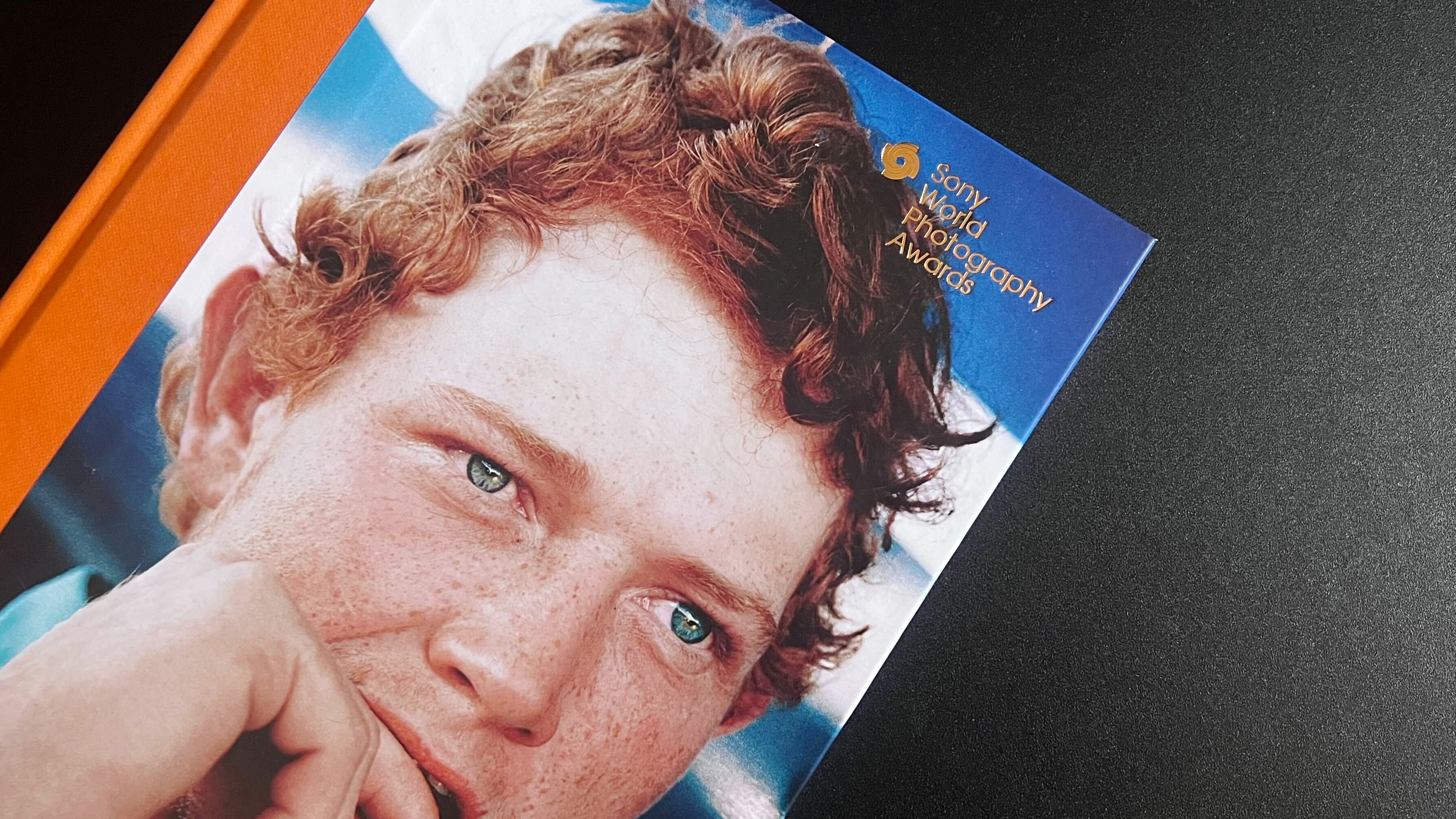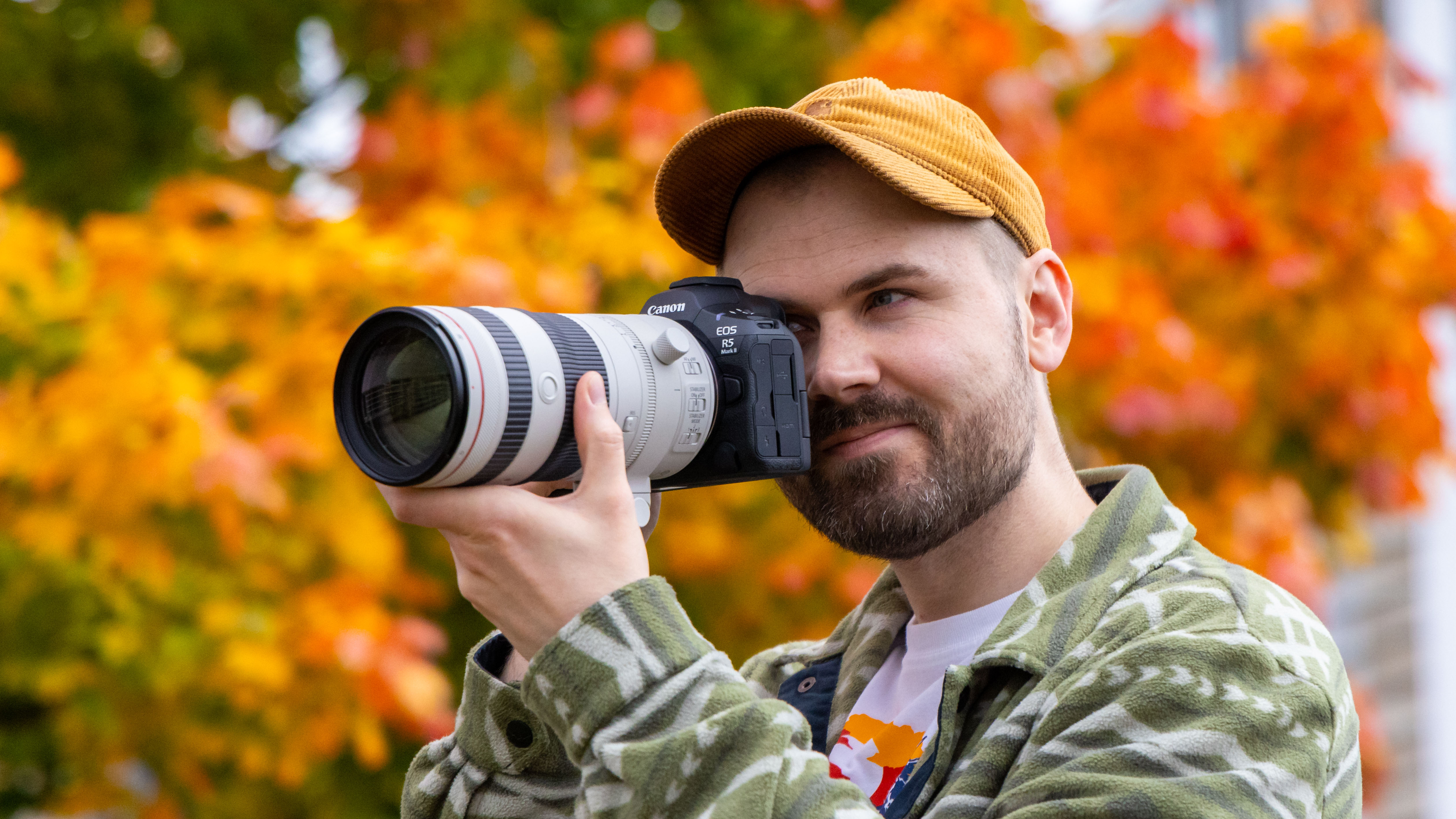
As the deputy editor of PhotoPlus: the Canon Magazine, I thought it would be interesting to look at the year ahead – running through some of the hottest rumors as well as wishful thinking, covering stuff we’re likely to see along with some less likely products and features that I might have to cross all my fingers and toes to stand any chance of seeing!
In recent years Canon has settled into a good flow with its bread-and-butter camera lines: the flagship 1-series, the professional 5-series, the enthusiast 6- and 7-series and the entry-level 100-series. And we can expect these to run through their regular life cycles, which gives us some predictability when it comes to crystal ball gazing.
I also think it’s unlikely we’ll see any more ‘oddball’ cameras that don’t neatly fit into these ranges, such as a follow-up to the EOS RP or even original EOS R, but don't hold me to that – I hope I'm wrong!
What I think we can be pretty certain of is further inclusion of increasingly powerful AI tools, for better autofocusing algorithms and features such as in-camera noise reduction and image upscaling. I’m also hopeful that Canon will do more with Content Credentials, and make it easier to verify the origins of a photo taken with a camera to combat AI-generated images – as it’s becoming ever harder to tell them apart.
So grab a large pinch of salt as I run down the Canon tech that I'd love to see in the New Year.
1) Full-frame third-party lenses with autofocus
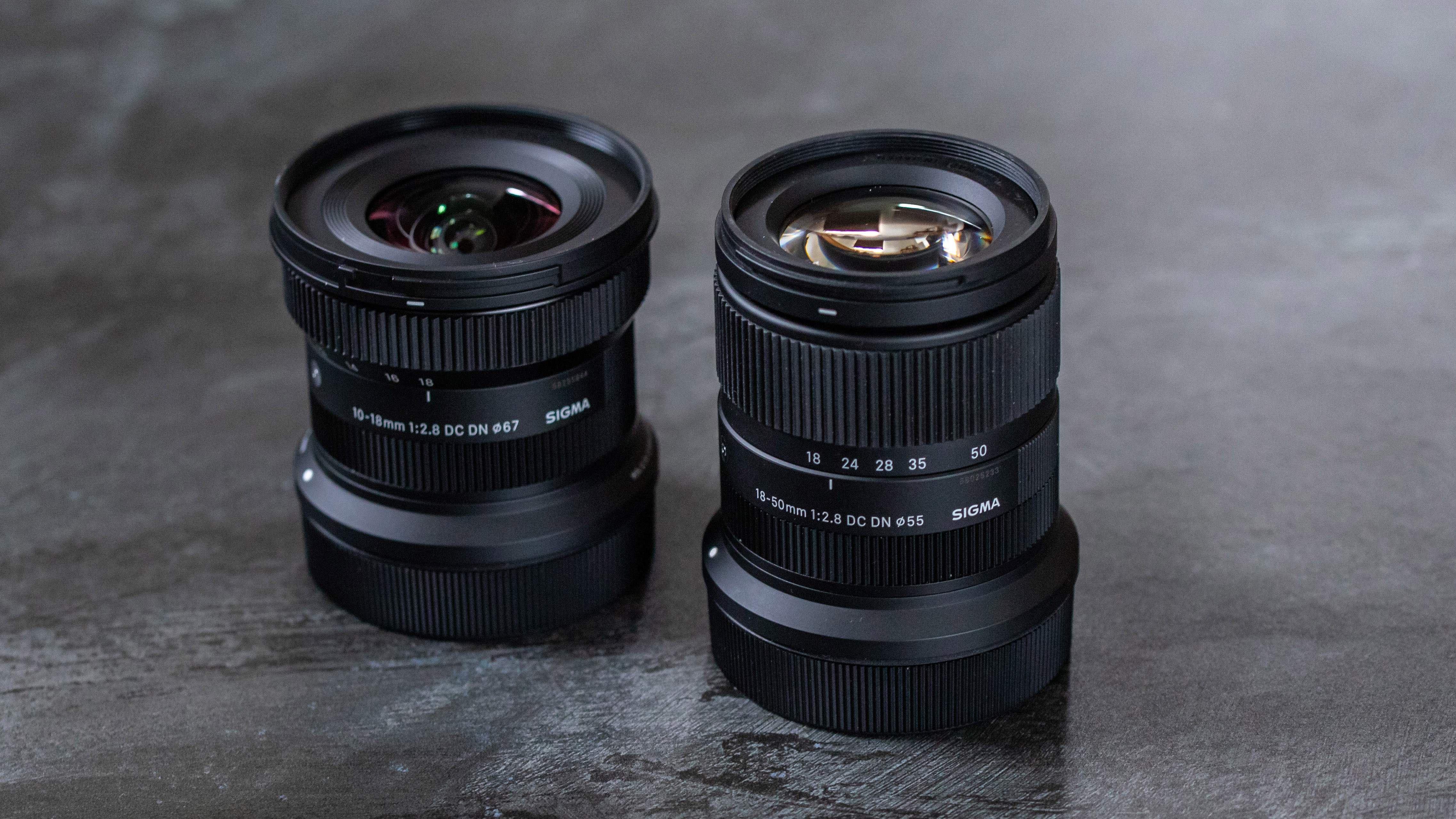
Okay, so this is something I’ve been hoping for since the arrival of Canon’s RF mount back in October 2018. As a news writer I’ve been green with envy towards Sony and L-Mount users, and even Nikon Z shooters. It seems like practically every week there’s a new third-party lens announced from companies like Sigma, Tamron, Samyang, Brightin Star, Viltrox and TTArtisan.
If there’s one single wish that I hope comes true it's that 2025 will finally be the year we see Canon open the gates for third parties to make full-frame optics featuring autofocus for its RF-mount cameras. The good news is many of these manufacturers already have full-frame lenses ready to go, which could be produced relatively quickly with some minor modifications for the RF mount, should they get the green light to do so.
Get the Digital Camera World Newsletter
The best camera deals, reviews, product advice, and unmissable photography news, direct to your inbox!
2) More affordable, non-hybrid lenses
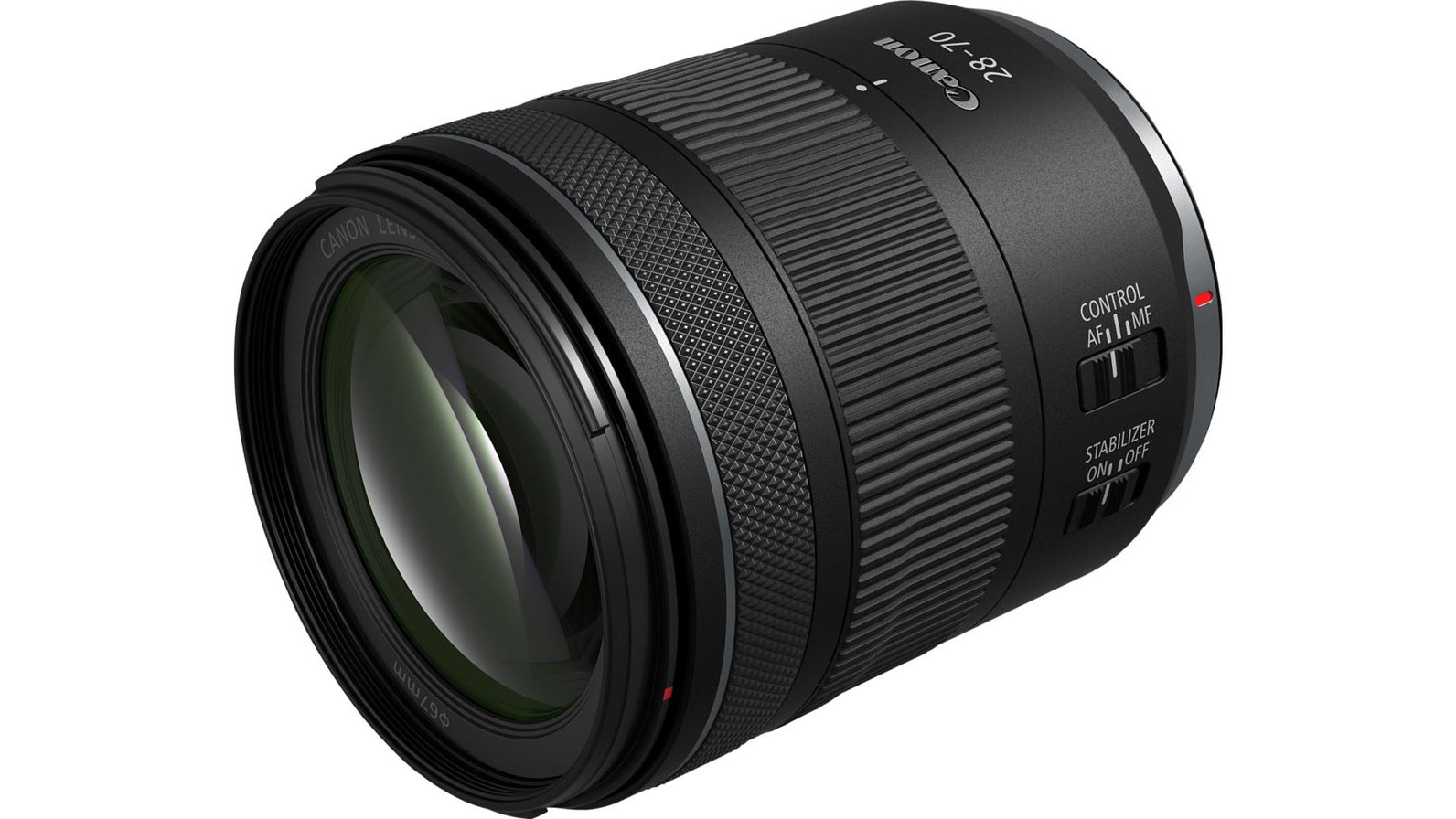
This year saw Canon launched a trio of hybrid primes with the RF 24mm f/1.4L VCM, the RF 35mm f/1.4L VCM and RF 50mm f/1.4L VCM. Don’t get me wrong, these are brilliant lenses and cater to a growing audience of content creators who need to shoot high-quality video and well as stills. But let’s not beat around the bush: they’re expensive. I’d really love to see some more affordable primes (and even zooms) released that omit video features and can therefore have a lower price point.
My worry with Canon going down its hybrid route is that photography purists only have these options to go for if they want a high-quality L-series prime with weather-sealing. But the video features, although very good, could simply go unused for those who don’t need them. And if Canon isn’t going to release more affordable stills-specific lenses then I hope it opens the door to third-party manufacturers to plug these gaps in the RF lens range.
I thought the Canon RF 28-70mm f/2.8 IS STM (pictured above), which is a non-red ring but still weather-sealed and good quality ‘budget’ lens, was a step in the right direction. I’d love to see more lenses like this from Canon in the future. Money is tight for many and we are still in a cost of living crisis, after all.
3) Canon EOS R6 Mark III
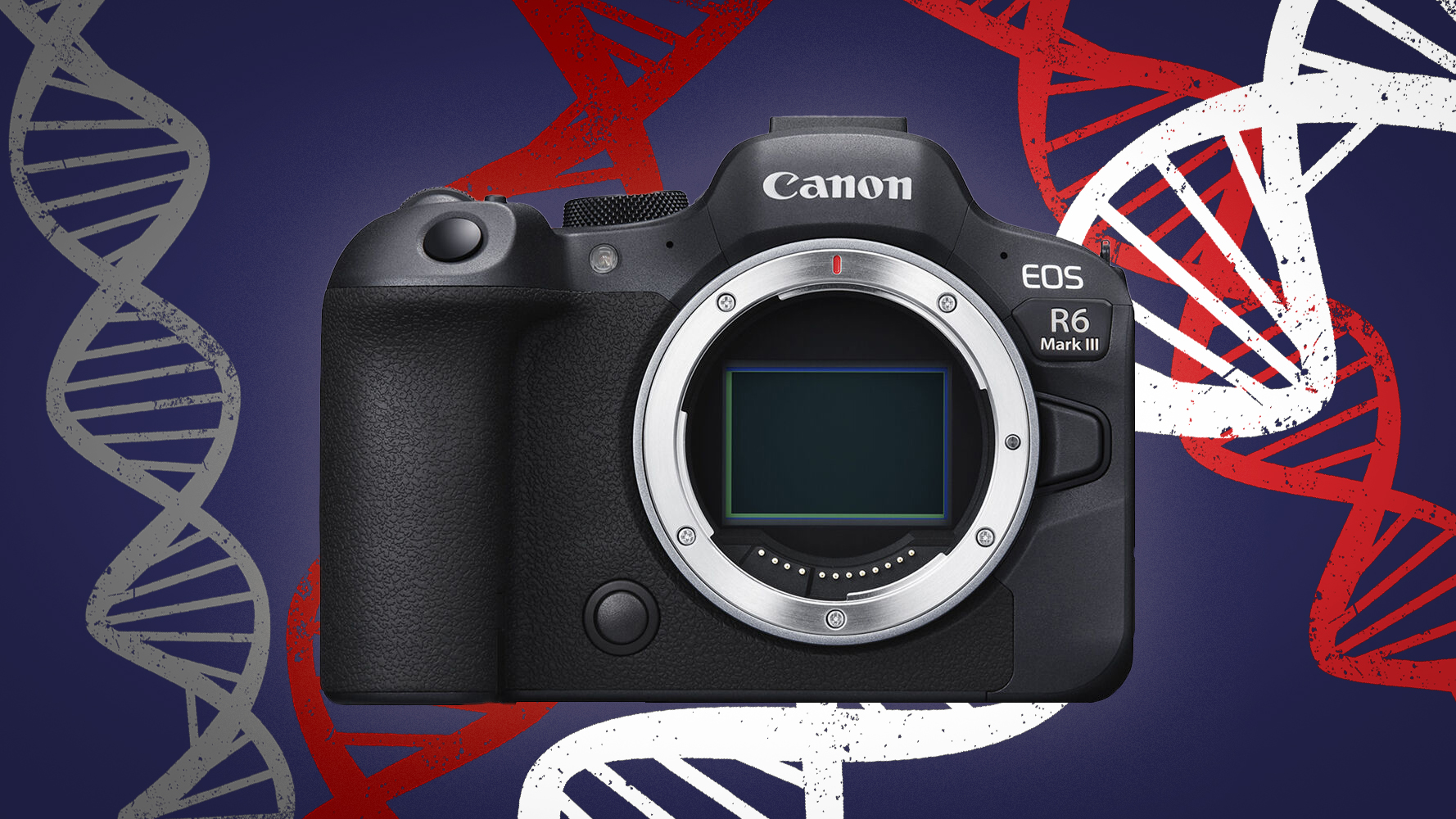
Camera rumors have long been circulating about the arrival of the EOS R6 Mark III, which is tipped to be announced in early 2025. As an update to the R6 Mark II, which dropped in November 2022, this would make it one of the faster turnarounds for any of Canon’s cameras – but it wouldn't be all that surprising, given that it's one of the company’s best selling bodies and would benefit from regular incremental updates to keep it feeling fresh.
If the word on the street is to be believed, the R6 Mark III will have a 24.1MP stacked CMOS sensor borrowed from the Canon EOS R3, a 5.69 million-dot 120fps electronic viewfinder, CFexpress and SD card slots, with 4K 120p and FullHD 240p video.
As an R6 Mark II user myself, I find the 24.2MP sensor resolution a little limiting and would prefer this to be boosted more along the lines of the original EOS R and 5D Mark IV’s 30.3MP sensor. If the new model also features a top LCD info screen and a mode dial button lock, I will be upgrading on day one – as those are two of my biggest pet peeves on an otherwise very capable full-frame camera.
4) Next-gen vari-angle displays
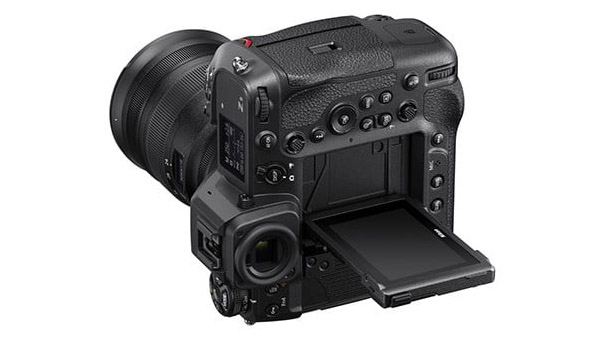
One feature I find myself using all the time is the vari-angle LCD screen on both my R5 and R6 Mark II. It’s super handy for composing at awkward high or low angles, and makes it easier to compose when shooting from the hip. I’ve got no issues with the screen’s color rendition, size or touch capabilities – in fact, these are all excellent. But flipping the screen outwards does feel a little exposed, and also attracts more attention when shooting candid portraits on the street.
When the Nikon Z9 was launched back in 2019, I have to say its LCD screen made me a bit jealous – with its ability to swivel and maneuver pretty much every which way. I’m really hoping this is something Canon can borrow, or put its own spin on, and slowly becomes the norm for EOS cameras with a vari-angle screens going forward, as it certainly looks like the future to me.
5) New PowerShots
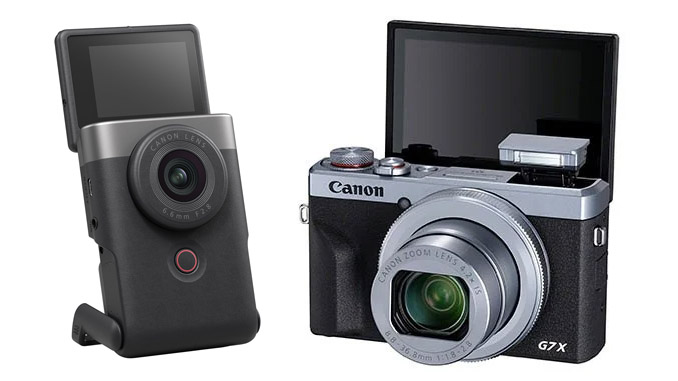
It’s clear that Canon is invested in video. This is obvious from its line of cinema cameras and even rolling out hybrid lenses for its R-system cameras. So could 2025 be the year when we see a new PowerShot arrive for vloggers and content creators looking to capture behind-the-scenes video?
Canon’s PowerShot V10 proved popular, and May 2025 would mark its second birthday. Perhaps this would be a good time for a refresh and add the option to swap out batteries, which was a bit of an Achilles heel in the original.
Another option could be a PowerShot G7 X Mark IV compact camera. The G7 X Mark III is still very popular to this date – so popular, in fact, that I had trouble getting hold of a loan sample from Canon on a recent trip to Budapest. It’s clearly still highly sought after and in high demand, and 2025 would mark 6 years since it came out.
A new model could see some very significant upgrades in the leaps and bounds we've made in technology in the past half-decade!
6) New VR stuff

In March 2024 Canon unveiled a trio of prototype VR products, including the Canon RF-S 7.8mm f/4 Dual Lens and Canon RF-S 3.9mm f/3.5 STM Dual Fisheye – both of which came to fruition in 2024. Designed for Canon's APS-C bodies, they are inherently more cost-effective than the full-frame Canon RF 5.2mm f/2.8 L Dual Fisheye.
Canon's tally of VR lenses now stands at three – which is three more than either Sony or Nikon, if anyone's counting – so Canon is the place to go if you're interested in creating virtual reality content.
However, we still haven't seen anything about that third prototype (pictured above, middle). It's a 360º / 180º 3D VR Concept Camera that looks a little bit like a larger version of the Canon PowerShot V10, though features an additional lens that can be spun around for either front-facing 180º 3D / VR or rear-facing 360º VR.
The spec sheet for this concept model states that it is capable of 8K 30p or 4K 120p and will have live streaming functionality. If Canon continues its momentum with VR it's quite likely we may see this prototype arrive in some form or another in 2025.
7) An update to APS-C bodies

My last wish is a bit farfetched: an update to Canon's APS-C line. However, since the EOS R7 and EOS R10 launched in tandem in 2022, this year is likely to be the absolute earliest we could see a refresh of them – 2026 is more realistic, but Canon might surprise me!
Its more entry-level APS-C models, the EOS R50 and EOS R100, were only launched in 2023, so it’s very unlikely we’ll see an update of these. Though of course, Canon could bring out a brand-new APS-C model altogether. We’ll have to wait and see to find out what this year holds for us!
You might also like…
Take a look at the best Canon cameras, along with the best Canon lenses for DSLRs and the best Canon RF lenses for mirrorless.

Deputy Editor on PhotoPlus: The Canon Magazine, Dan also brings his technical wizardry and editing skills to Digital Camera World. He has been writing about all aspects of photography for over 10 years, having previously served as technical writer and technical editor for Practical Photography magazine, as well as Photoshop editor on Digital Photo.
Dan is an Adobe-certified Photoshop guru, making him officially a beast at post-processing – so he’s the perfect person to share tips and tricks both in-camera and in post. Able to shoot all genres, Dan provides news, techniques and tutorials on everything from portraits and landscapes to macro and wildlife, helping photographers get the most out of their cameras, lenses, filters, lighting, tripods, and, of course, editing software.
